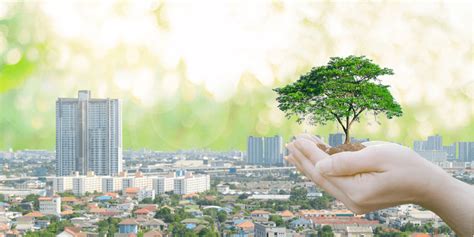Green buildings are gaining in popularity, and construction engineers like Reddy Kancharla and others in the industry say this trend will only continue in the future. Here are some reasons why.
1. Increased awareness of the benefits of green buildings
Green buildings provide the following benefits:
- Lower operating costs. LEED is an example of green building rating systems developed to reduce energy consumption, optimize water use, and improve indoor environmental quality.
- Increased tenant satisfaction resulting in higher occupancy rates. The design of a green building often results in more satisfied occupants.
- Higher resale value. Green buildings are generally more valuable than their traditional counterparts upon resale because of lower operating costs, increased tenant satisfaction, and the fact that they have a high-quality design with better air quality.
2. Increased availability of green building products
Green building products are now available at many retailers and home improvement stores. For example, the number of builders offering LEED-certified homes continues to increase as more builders become aware of their benefits and as consumer interest grows.
3. Increased demand for green buildings
Interest in green building will likely continue over the next few years as a result of the following:
- Job creation – Many jobs have been created within the construction industry due to growth in green building. In fact, at least 30 percent of real estate development firms now offer some type of environmental service from energy audits to water recycling programs since 1999, according to McGraw-Hill Construction magazine.
- Sustainable cities – More sustainable cities may attract new residents and businesses as well as encourage existing businesses that are looking for a location with improved sustainability options.
- Environmental regulation – More stringent environmental regulations may be passed in the future. In fact, Dodd-Frank Wall Street Reform and Consumer Protection Act requires all public companies to disclose material risks related to climate change, including physical risks from increased weather intensity. Such transparency would likely attract more investors.
4. Increased knowledge about green building
The growing demand for green buildings will help drive further education and understanding of the benefits of going green, which helps spur further development in this area. The demand for a trained workforce in sustainable design is also increasing in response to the increased interest in these types of projects by both professionals and consumers. With that said, there are still some barriers that need to be overcome before widespread adoption can happen, including:
- Lack of industry standards – Although LEED is the most well known, there are still a variety of green building rating systems and guidelines currently in use.
- Lack of financing options – The lack of financing options for energy efficient upgrades can put a strain on homeowners looking to improve their homes’ green capabilities. Traditional loans may not be available, especially for those seeking more advanced technologies such as solar or geothermal heating.
5. Increased technological advancements and competition
Technological advancements will likely continue to improve both how we create and how we use sustainable materials and power sources which may help spur further interest in the area – including improvements in:
- Energy efficient heating/cooling equipment that can cut expenses for homeowners and businesses alike.
- Water recycling systems that provide clean, recycled water for irrigation and other uses.
- Innovations in sustainable materials which help reduce costs while improving the overall quality of the final product.
